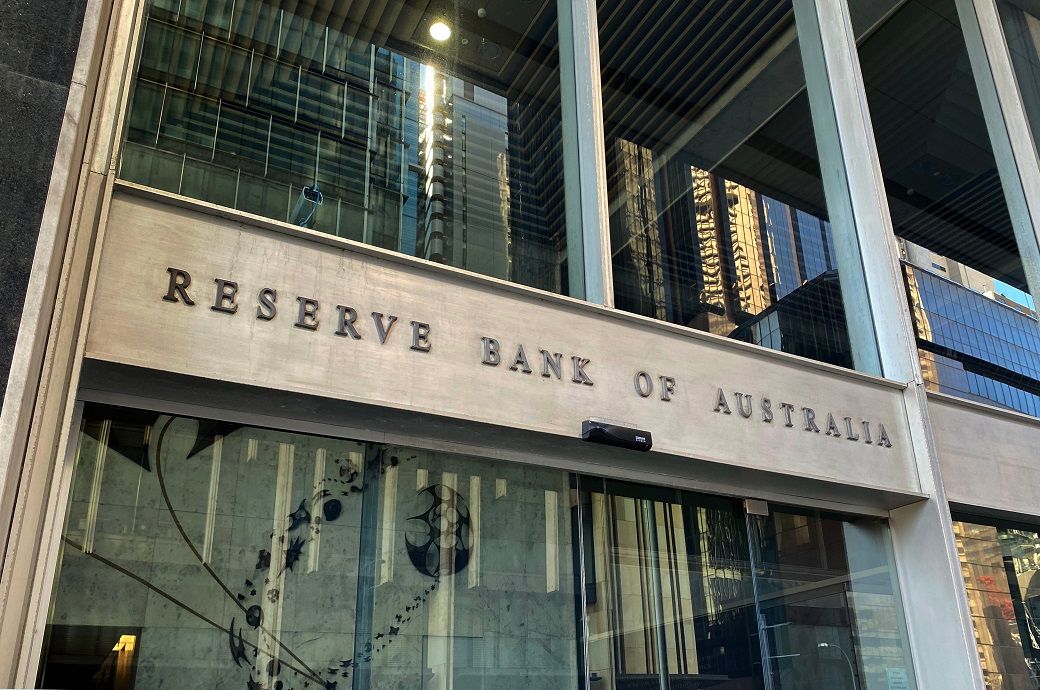
Headline inflation has eased significantly from its 2022 peak, supported by earlier rate hikes that have helped rebalance demand and supply. In the March quarter, headline inflation fell within the RBA’s 2–3 per cent target range, while trimmed mean inflation stood at 2.9 per cent. However, recent data from the monthly CPI Indicator came in marginally stronger than expected, prompting the Board to adopt a cautious wait-and-see approach.
“Monetary policy is well placed to respond decisively to international developments if they were to have material implications for activity and inflation in Australia,” the RBA’s Monetary Policy Board stated in a statement.
The outlook remains clouded by global economic uncertainty, particularly around trade tensions and policy responses—most notably the impact of pending US tariffs. Despite improved financial market sentiment, the RBA acknowledged potential headwinds from delayed business and consumer spending.
Domestically, household incomes have risen, private demand is gradually recovering, and some financial stress indicators have eased. Yet, businesses in certain sectors continue to struggle with weak demand and limited pricing power.
Labour market conditions remain tight, with low underutilisation rates and ongoing labour shortages. Although wage growth has cooled, productivity gains remain elusive, keeping unit labour costs elevated.
The RBA reiterated its commitment to price stability and full employment, signalling close monitoring of inflation trends, labour market conditions, and global risks.
The Board said it would remain data-dependent in future policy decisions and stands ready to adjust settings if economic conditions shift significantly.
ALCHEMPro News Desk (KD)
Receive daily prices and market insights straight to your inbox. Subscribe to AlchemPro Weekly!